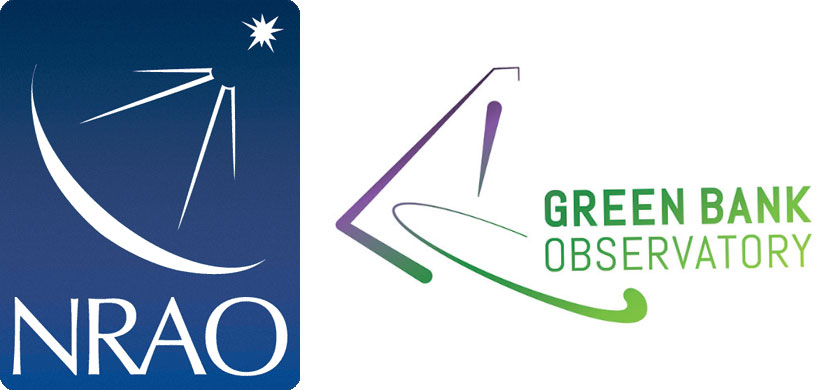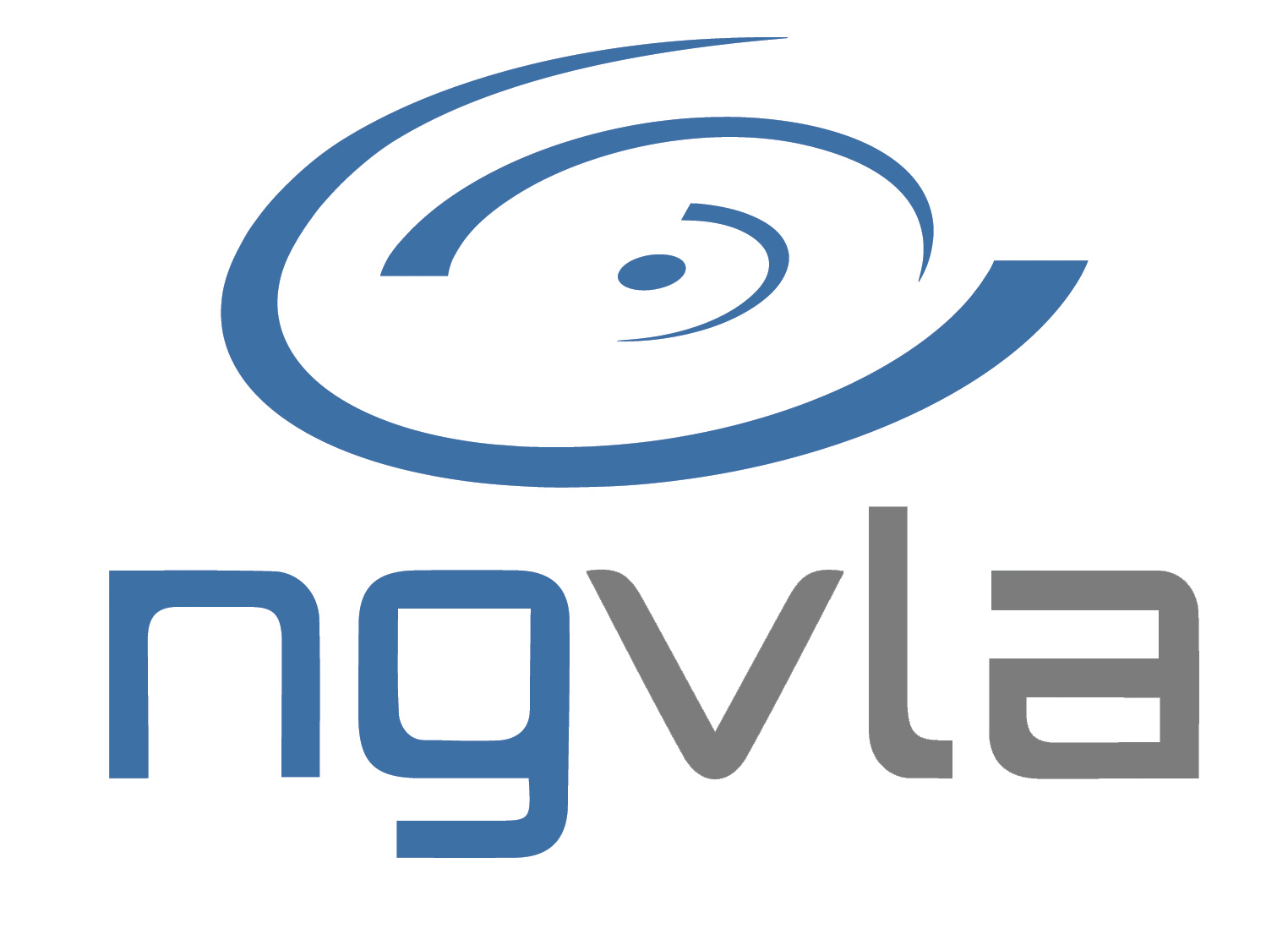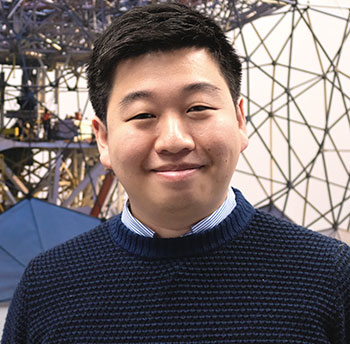NRAO eNews
Volume Vol#, Issue Iss#
Day# Month# Year#
NRAO eNews
Volume Vol#, Issue Iss# • Day# Month# Year#

NRAO/GBO Status

A small number of Associated Universities, Inc, (AUI) staff members are confirmed with COVID-19. This is not a surprise; and these individuals seem to be coping well. Routinely, we also hear of staff members or family experiencing similar symptoms, without any test results available. Nationally, states and cities are continuing to see many new cases, and people being quite gravely ill with the disease. It remains imperative that everyone continue to practice strict physical distancing, monitor and disinfect whenever possible all external interactions (necessary shopping, people visits, etc.), and carefully consider your personal role in halting the spread of the virus. This is the most critical time for distancing.
This week, NRAO and GBO senior management has been conducting “Continuity of Operations” reviews, where the key areas and essential (and routine) activities at all NRAO and GBO locations have been examined. The overarching goal is to modify our activities to the point where they can restart or continue being done by one person alone, or without significantly violating physical distancing issues (for two or more people), and avoiding transmitting COVID-19 between people on surfaces or through breathing. So far, we’ve identified a very small handful of activities that we do not know how to do just yet and keep everybody safe – and in a month, we will have solved those, too. The goal of these efforts is to secure our Essential Services role, and to get ready for the time when NRAO and GBO will move out of IDOS, and significant portions of the Observatories will return to work. Alongside the new definitions of some old activities, we will have new protocols for staff accessing and using our facilities.
In coming weeks, we will start to discuss some of these new approaches across the Observatory, and in mid-May we will begin testing and implementing them. These will be our first steps on the road back.
Upcoming Events

[Rescheduled] Compact Objects and Energetic Phenomena in the Multi-Messenger Era
Jun 23 - 25, 2021 | Saint Paul, MN
Postponed Events
The following NRAO-related conferences have been postponed owing to concerns about the COVID-19 coronavirus. Please consult the conference websites (links below) for details.

From Cells to Galaxies 2020: Exploring the Synergies between Radio Astronomy and Medical Imaging
New Dates TBD | Santa Fe, NM

17th Synthesis Imaging Workshop
New Dates TBD | Socorro, NM

Multiphase Gas in Galaxy Groups
New Dates TBD | Charlottesville, VA
ALMA Program News

Pablo Carrillo
[click to enlarge]
Cycle 8 Call for North American ALMA Development Project Proposals
The NRAO invites interested parties to submit proposals for Projects to upgrade the Atacama Large Millimeter/submillimeter Array (ALMA). A Call for Proposals for Development Projects will be released on or about 15 July 2020. A detailed description of the high-level implementation plan can be reviewed at this document.
The call for proposals will be open to the North American (NA) ALMA Operations Partnership, which is defined as the community of astronomers and scientists in related fields from North American ALMA partner countries. Projects will be funded for Cycle 8 in an integrated, multi-year award. Priority will be given to those Projects which align with the ALMA Development Roadmap (ALMA Memo 612). Study topics of particular interest to the NA ALMA Partnership include larger bandwidths and improved receiver sensitivity, such as would be provided by an upgraded correlator and receivers. Project execution will begin after adjudication at the November 2021 ALMA Board meeting.
2nd Generation Correlator proposals must meet the specifications of the Correlator Working Group report, the first draft of which is expected by the proposal call date. All proposals and resulting instrumentation must comply fully with ALMA standards for system interfaces, interoperability, and documentation. NRAO staff can assist in meeting the above standards, upon request and with sufficient notice.
The deadline for proposals will be 15 October 2020. Project execution can only begin after adjudication at the November 2021 ALMA Board Meeting.
If you are planning or even considering proposing in response to this Call, you must file a Notice of Intent (NoI) as soon as practical before the deadline of 30 August 2020; in contrast to previous Calls, submission of an NOI is mandatory. Additional details will be released with the Call in July 2020.
Proprietary Times Extension
Due to the COVID-19 crisis, the proprietary period of all MOUSs that have been delivered to Principal Investigators (PIs), but have not become public by 19 March 2020, will be extended by three months. This implies that the proprietary period of all these ALMA data will effectively be set to 15 months, or nine months for Director’s Discretionary Time projects. The last day that ALMA observed before Cycle 7 observations were suspended was 19 March.
For data sets that already reached the end of the proprietary time between 19 March and today, the proprietary time will be reinstated and extended for an additional three months. Please be aware that ALMA cannot guarantee that these data sets have not already been downloaded by archive users.
PIs of data sets that do not fall in the category defined above, who feel that their ability to work on their data within the regular proprietary period is impacted by the COVID-19 crisis, are requested to submit a ticket to the “Proprietary Period Extension Requests” Department of the ALMA Helpdesk. ALMA will handle these requests in a fair and lenient manner as we are committed to support our users as much as possible during this stressful time.
Updates on this policy may be posted on the ALMA Science Portal in the future.
Cycle 8 Call for ALMA Observing Proposals Open
The ALMA Director, on behalf of the Joint ALMA Observatory (JAO) and the partner organizations in East Asia, Europe, and North America, is pleased to announce the ALMA Cycle 8 Call for Proposals for scientific observations to be scheduled from October 2020 to September 2021. For Cycle 8, the JAO anticipates having 4300 hours of approved science time on the 12-m Array and 3000 hours on the Atacama Compact Array, also known as the Morita Array. ALMA Cycle 8 proposal submission opened at 15:00 UT on Tuesday, 17 March 2020.
The Cycle 8 Call for ALMA Observing Proposals deadline will be NO EARLIER than 15h UT on 19 May 2020.
For additional questions regarding the Cycle 8 Call for Proposals, contact the ALMA Helpdesk.
Cycle 8 Call for NA ALMA Development Study Proposals
There are two deadlines this month for the Cycle 8 Call for NA ALMA Development Study Proposals. Proposer's Questions must be submitted by 2020 April 13 and the Proposal Deadline remains 2020 May 01.
Release of Band-to-Band High-Frequency Long-Baseline ALMA Test Data
On 31 March 2020, ALMA is releasing data acquired as part of the Extension and Optimization of Capabilities effort (EOC). These data were taken as part of the High-Frequency Long-Baseline Campaign (HF-LBC-2017) during Cycle 5, which was organized to test the calibration and imaging capability of ALMA at high-frequencies (>284 GHz, Band 7) and using long baselines (>8.5 km). Please see the ALMA Science Portal for details.
Building a Comprehensive Catalogue of Stellar Radio Spectra with the ngVLA

The expected 93 GHz flux density of various spectral types as a function of distance (White et al. 2018b). The shaded region for each spectral type is the estimated stellar flux density if the emission is best represented by a brightness temperature ranging from 75% to 150% of the photosphere temperature. The estimated rms from 1 hr & 10 hr on-source is given by the two horizontal dashed lines.
[click to enlarge]
Stellar emission mechanisms in the millimeter to centimeter wavelength regimes are not well understood. This is largely due to a lack of observations for all but a few nearby stars other than the Sun (e.g., Liseau et al. 2016, White et al. 2018a). A comprehensive catalog of stellar radio spectra has broad applicability to many areas of astronomy. In addition to being absolutely essential to further our understanding of stellar atmospheres, these data will help constrain the habitability of planets due to space weather (Osten et al. 2018) and advance the study and detection of circumstellar debris disks (Matthews et al. 2018).
The measured flux densities at these wavelengths probe various heights in the stellar atmosphere and can trace the plasma temperature, abundance of high energy particles, and strength of magnetic fields. Current facilities are already being pushed to the limit just to study nearby stars. A detailed understanding of the magnetic field strength and outgoing high energy particle flux allows for a more realistic assessment of the habitability of exoplanets. Accurate stellar radio spectra are also necessary to detect “excess” emission from debris disks when they cannot be spatially separated from the host star. An inadequate estimate of the stellar flux density contribution can lead to an incorrect characterization of the presence and abundance of debris (White et al. 2020).
The ngVLA will be a key tool in building a comprehensive catalog of stellar radio spectra. In order to accurately model stars of all spectral types, observations with broad spectral coverage are required. The figure shows the expected flux density of various spectral types as a function of distance (White et al. 2018b). The unprecedented sensitivity of the ngVLA will enable us to observe all nearby stars and all Solar-type (and brighter) stars within 100 pc. In only a few minutes, the ngVLA can detect stars that are effectively impossible to observe today due to the exceedingly long integration times. These data will help inform models that are required to further our understanding of stellar emission mechanisms, assess the habitability of exoplanets, and search for debris structures.
This article continues a regular feature intended to highlight contributions to the ngVLA Science Book. We are especially interested in showcasing work done by early-career researchers. Anyone wishing to volunteer to author a feature should contact Joan Wrobel.
ngVLA Project News

Conference Postponement
It is with deep regret that we announce the Compact Objects and Energetic Phenomena in the Multi-Messenger Era conference originally scheduled for 14-16 July 2020 in Saint Paul, MN has been postponed until 23-25 June 2021.
As with many other scientific conferences around the world, given the uncertainty in the spread of the COVID-19 coronavirus, the NRAO and ngVLA Project leads have decided, for the safety, health and well-being of all participants, that deferring the conference to this later date is the judicious decision to take.
We hope you will be able to join us next year. As new timelines are set, abstract submission and registration will start anew. All current registrants will be issued a full refund for any fees paid and you will be the first to be notified when registration reopens for these new dates.
In the meantime, we plan to organize some web-based talks related to the topics of the meeting. The process for setting these talks up is still under discussion among the Scientific and Local Organizing Committees.
If you have any questions, comments or concerns, please contact us. Thank you for your understanding during this time.
Recent Media Releases
|
Something is Lurking in the Heart of Quasar 3C 279
|
|
|
NRAO Grote Reber Fellow Thankful Cromartie Receives Prestigious Einstein Fellowship |
From the Archives
Ellen Bouton

[click to enlarge]
About this month's photo: On 21 August 1998, the President of Chile, Eduardo Frei, Minister of Mining, Sergio Jimenez, Minister of National Assets Adriana Delpiano, and President of CONICYT, Mauricio Sarrazin, signed a declaration designating the ALMA area as a Site of Scientific Interest for mining purposes, which provided from the outset a significant degree of protection to our operations. In this photo taken at the signing, Eduardo Hardy (left), AUI representative in Chile, and Acting AUI President Martha Haynes (right) present President of Chile Eduardo Frei (center) with a satellite picture of the ALMA Site made by the Cornell group. Thanks to Eduardo Hardy for caption information.
From the Archives is an ongoing series illustrating NRAO and U.S. radio astronomy history via images selected from our collections of individuals' and institutional papers. If readers have images they believe would be of interest to the Archives, please contact Ellen Bouton.


